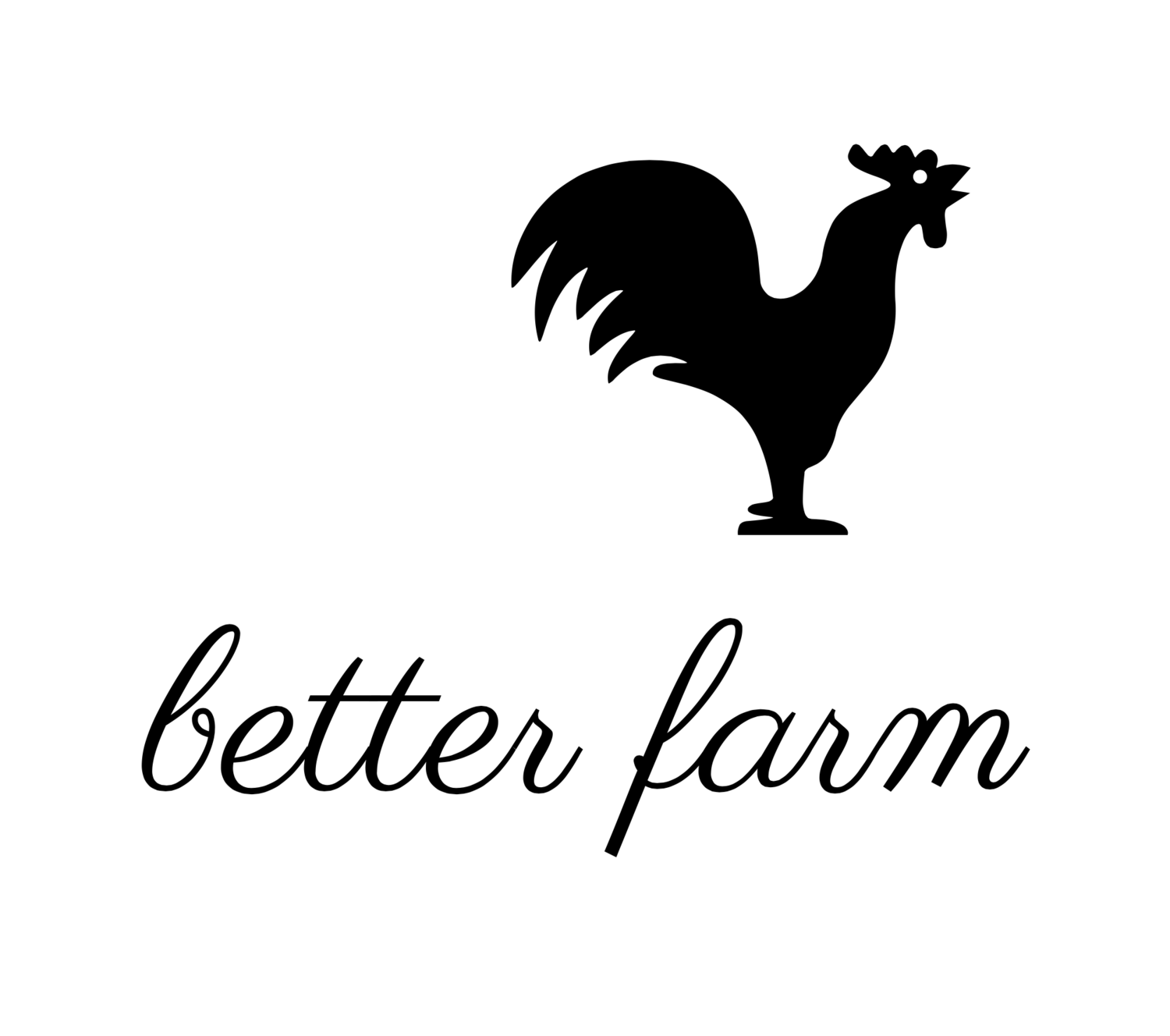Now that Spring's in full swing, the calendar is filling up fast. Here's a rundown of all the 'better' stuff we've got going on. Check back regularly on our website
for new additions being added; and follow the blog to get more information on specific events and how you can get involved.
Visit our full calendar at
www.betterfarm.org/upcoming-events
.
APRIL
10
Kids on the Move!—
Hosted by
Fort Drum's Relocation Readiness program
, this free workshop at Fort Drum will acquaint newcomers to the area with recreational and educational programming for children.
Better Farm
and
betterArts
will be at this event to discuss upcoming workshops and events with parents.
20
Spring Brunch—
Enjoy a farm-fresh brunch at
Better Farm
featuring ingredients grown on-site and other locally sourced items. All you can eat! Suggested donation of $10. Starts at 11 a.m. RSVP to info@betterfarm.org.
22
Jounce at Brooklyn Bowl—
New York City-based band
Jounce
will perform an Earth Day concert April 22 at
Brooklyn Bowl
in New York City that will feature a seed exchange to benefit Better Farm. Attendees will have the opportunity to bring along or purchase organic seeds at the venue to be donated to Better Farm for use in our Sustainability Education Program and community outreach initiatives, including the Redwood Community Greenhouse.
Click here for additional information
.
MAY
1
CSA Starts!—
Click here to sign up!
9
L.I.F.E. (Life is fun everyday!)—
Better Farm will be a presenter at the upcoming L.I.F.E. event held from 1:30-3:05 p.m. at H.T. Wiley Intermediate School in Watertown, N.Y. This is a day that all students are exposed to various professions, skills and talents in Watertown and surrounding areas. The purpose of the event is to encourage student’s interest and creativeness in areas that they may not have been exposed to before.
10
Mustard Seed Earth Day Event—
Enjoy the
Mustard Seed Natural Market
's Annual Earth Day Event from 10 a.m.-3 p.m. in Watertown for free samples, giveaways, treats, gifts, arts 'n' crafts, and green-living demonstrations. Better Farm and betterArts will be at this event to share information about upcoming programming, do arts 'n' crafts with children, and provide educational information to the public about sustainability.
10
Macsherry Library Garden Day—
At Garden Day in Alexandria Bay from 12:30-4 p.m., the
Macsherry Library
gathers master gardeners from the North Country together for seed exchanges, informational booths, networking, and a plant sale. Better Farm will be in attendance with a booth to inform the public about upcoming events and with great gardening information.
17, 18
Better Farm Volunteer Days—
Help the cast and crew at Better Farm ready the gardens, make chicken coop repairs, shovel mulch, build some bee houses, repair and construct rainwater catchment bins, and learn a thing or two about permaculture and organic gardening. Lunch and refreshments will be served! RSVP to info@betterfarm.org.
31
Dragonfly Festival—
The Redwood Neighborhood Association, in collaboration with the Indian River Lakes Conservancy, betterArts, and Better Farm, presents the First Annual Dragonfly Festival. Held at the public pavilion in the center of Redwood, this event will feature live music, a cook-out, arts 'n' crafts, a costume contest and parade, homemade wine tastings, and much much more.
JUNE
21
Better Festival—
Our annual festival features live performances by local and regional bands, a gallery showcasing artwork by painters, sculptors, photographers, and more, booths featuring art and handmade items for sale, tours of the Better Farm campus, information about Better Farm and betterArts 2014 programming, arts and crafts for kids (and adults!), freshly prepared and locally sourced food, a refreshments tent, games, bouncy castle, and more!
Click here for all the information.
JULY
12
Better Mud Run—
We're bringing a "better" mud relay course to Redwood, N.Y., in our first annual Better Mudder event at high noon Saturday, July 12, 2014. Hosted by Better Farm and featuring more than 20 obstacles, the Better Mud Run invites the fiercest athletes and thrill-seekers to the Better Farm campus for agility obstacles, wall-climbs, scaling mountains, and—of course—getting really, really muddy.
Click here for more information.
AUGUST
2
Upcycling Workshop
—This all-ages workshop with Stephanie DeJoseph invited students to bring an old item for reviving and turning into something new. Furniture, clothing, fabric scraps, magazine clippings, or anything else you find is welcome! Crafts supplies like glue, needle and thread, embroidery floss, and others will be available. There is a suggested $5 donation for this course. Email info@betterarts.org for more information or to pre-register.
TBD
Summerfest!—
16
Redwood Field Days Parade—
23
Children's Weaving—
Children from second through fourth grade are invited to this two-hour class to learn two types of weaving. Students will acquire basic weaving knowledge, gain hands-on experience, and discuss basic weaving vocabulary. Students may additionally bring old clothes, fabric, or yarn for their projects if they like. Cost for class: $5. Email info@betterarts.org for more information or to pre-register.
23
Summerfest!
SEPTEMBER
TBD
Farm-to-Table Event

















































